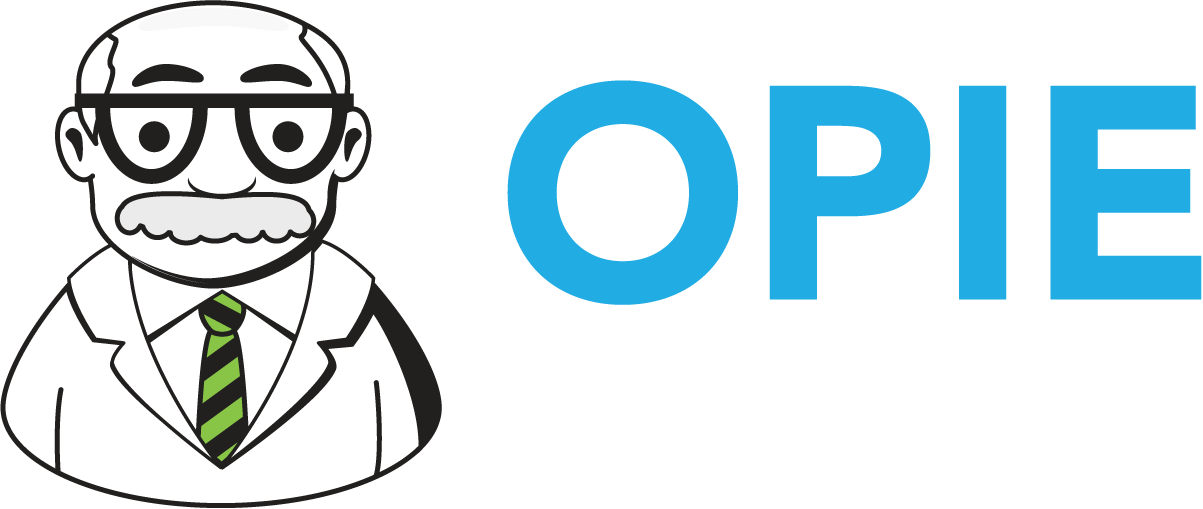Leadership: Starting Where The Person Is
Over the weekend, I was talking with a friend who is getting a certification in counseling. He had just finished an exam and we were talking about the class. He said the teacher had made a comment one day in class about the importance of making a connection with the client so that you can help them. Her phase was “Are you meeting the person where they are, or are you starting where the person is?” I cocked my head to the side and raised my ears like a dog and said “Huh?”
One of the things I discovered as we were talking about the tenets of rehabilitation counseling is that they are very closely aligned with leadership principles. So, when he was talking about helping the person adjust to their new situation and prepare for their next step, I immediately went to employee development and career growth. I asked him to help me understand the distinction between the two phrases. I really don’t want to get hung up on the words as much as I want to emphasize the concepts.
The teacher explained that “meeting the person where they are” represents the idea of approaching the person from your own perspective. As you mentor, coach, support and offer advice to your employee or mentee, you accurately assess their current situation and you help them figure out where they want to be, but you do it from your perspective. Your worldview. This is the most common way we tend to interact with people, and it is by far the easiest way to help.
“Starting where the person is,” she said is understanding their worldview and approaching the challenge from their perspective, not yours. This empathetic approach allows you to create a close, visceral understanding of the other person’s experience. We feel with the person. We literally take on the emotions of the other person and make those feelings our own. This level of understanding is important to creating the trusting relationship we need to reach and ultimately help that person achieve their goals. But there is a common trap with empathy. Paul Polman, former CEO of Unilever, puts it this way: “If I led with empathy, I would never be able to make a single decision. Why? Because with empathy, I mirror the emotions of others, which makes it impossible to consider the greater good.”
As a leader, you are not there to solve problems but rather, to help your employee solve their problems. Empathy lets you feel their strife, but we have to shift to a compassionate approach to make a difference. A leader without empathy is like a prosthesis without a socket — it simply won’t engage. Empathy is essential for connection and then we can leverage the device to move forward with compassion.
Empathy is inert, compassion is active. Make the emotional connection but be careful not to get mired down in emotion. You have to “pull yourself out” of that empathetic response to create an objective, goal-oriented pathway for growth.

